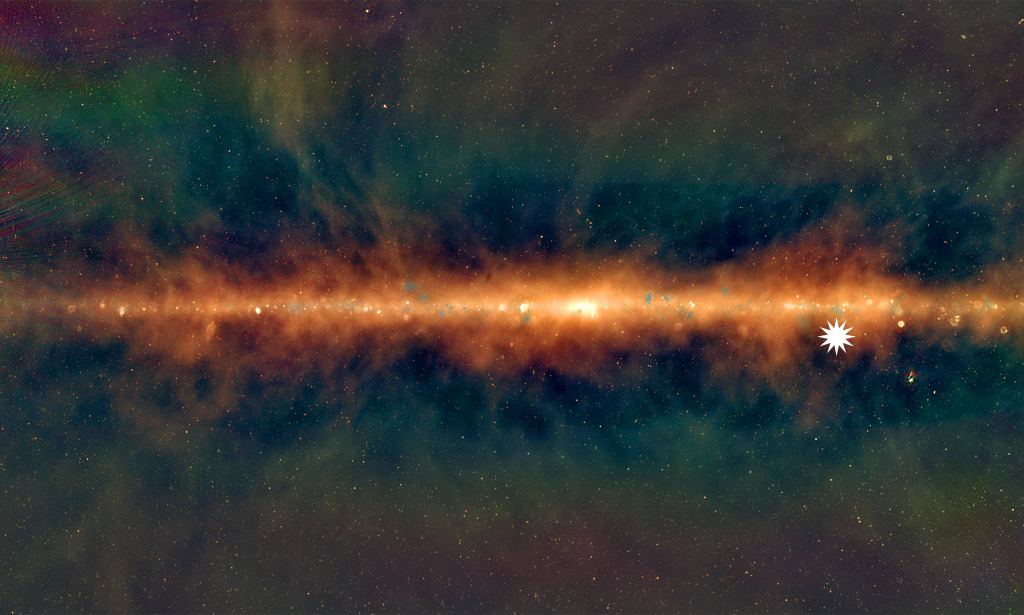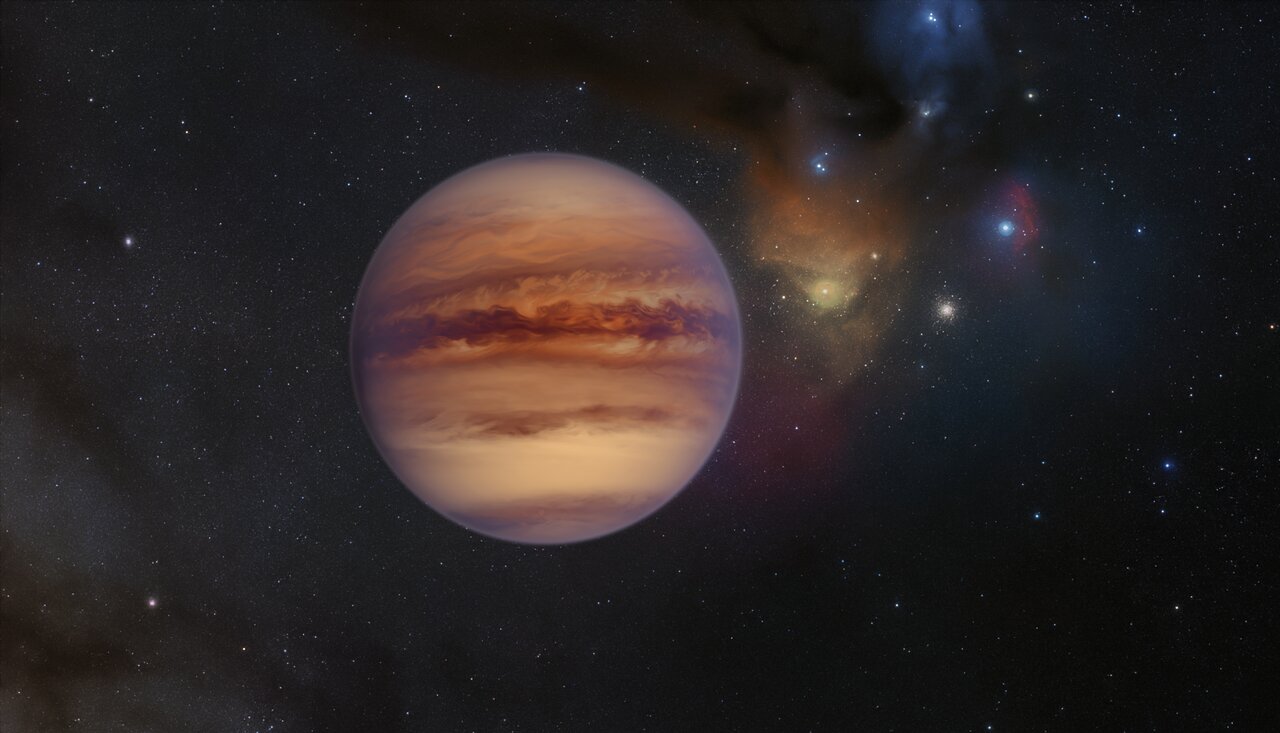
Just 4,000 light-years from Earth is a strange, star-sized object. It’s been observed by radio telescopes, but astronomers aren’t sure what it is. They call it a long period transient.

There was a huge weakness in our asteroid defense system when only one of the hemispheres was covered by telescopes that constantly scan the sky. Now NASA funded two more telescopes in the southern hemisphere.

Now, astronomers have officially found another elusive object that has long been theorized and that was first reported on back in 2009 but has never directly detected – a rogue black hole.

Astronomers completed a 40-hour long observation of an ultra-diffuse dwarf galaxy and discovered no traces of dark matter. Galaxies without hints of dark matter had been previously discovered though these remain rare anomalies.

Using telescopes from around the world, a team of astronomers recently discovered 70 additional free-floating planets (FFPs), the largest sample of “Rogue Planets” discovered to date in the Milky Way.

An international team recently noticed a massive filament of atomic hydrogen gas in our galaxy. This structure, named “Maggie,” is located about 55,000 light-years away and is one of the longest structures ever observed in our galaxy.

A new research article sheds light on another way that supernovae support life. Supernova activity in Earth’s neighbourhood may have led to more oxygen in the atmosphere. And oxygen is necessary for complex life.

After successfully unfolding the James Webb Space Telescope’s sunshade and optical elements, scientists and engineers are now ready to begin a multi-step process to align the primary mirror’s 18 hexagonal segments.

There is as much as 120 parts per million of water (as hydroxyl and/or H2O) in the lunar regolith, new data from the lander of China’s Chang’e-5 lunar probe has revealed.

According to new evidence obtained by the orbiter element of the joint European-Russian ExoMars mission, there is plenty of water ice at the bottom of Valles Marineris mixed with Martian soil - regolith.

NASA has sent a spacecraft, the Parker Solar Probe to the outer reaches of the sun’s atmosphere – the corona – where it spent five hours. This is the first time a spacecraft has come so close to the sun.

A powerful European Ariane 5 rocket boosted NASA’s $10 billion James Webb Space Telescope into space on Christmas Day, kicking off a great attempt to capture light from the first galaxies to form in the aftermath of the Big Bang.

Astronomers and geologists have recently concluded that most rocky planets orbiting nearby stars are more diverse and exotic than previously thought, with types of rocks not found anywhere in our Solar System.

U.S. scientists recently discovered that water was once present in a region of Mars called Arabia Terra.

So far, only six countries have successfully launched more than 1 ton of equipment into space using domestically developed rockets. Now, a seventh, North Korea, has successfully done so, almost successfully.